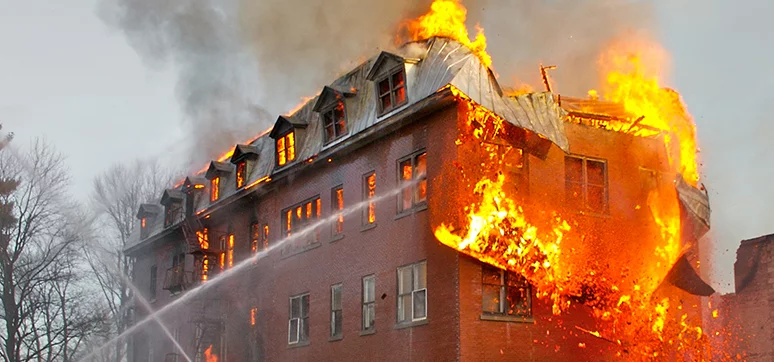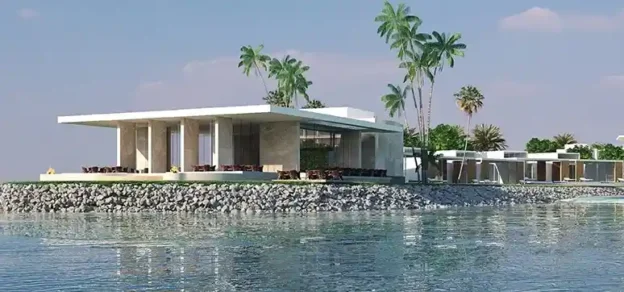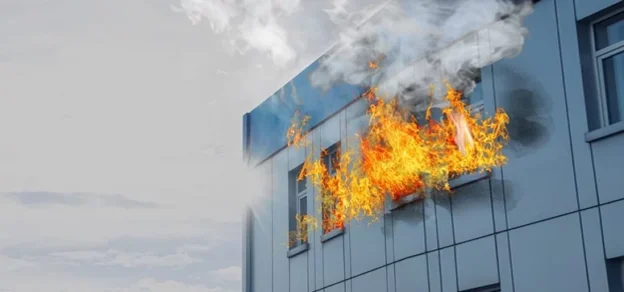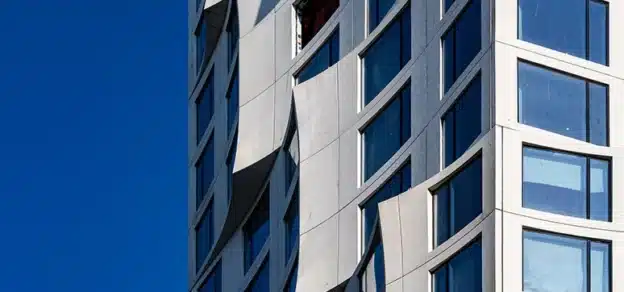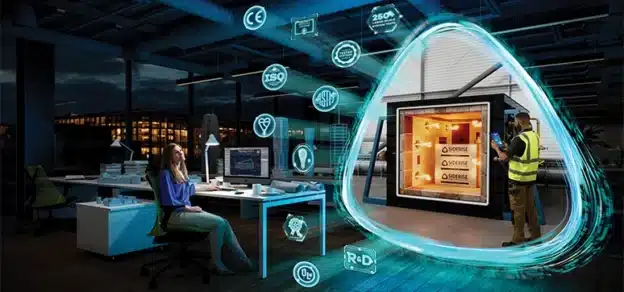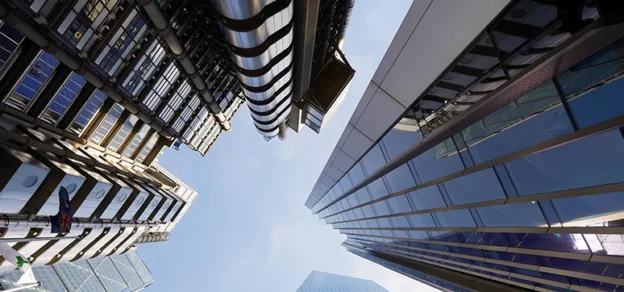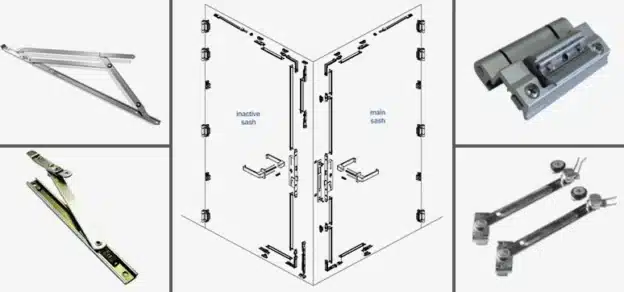“Using an untested product is like driving a busload of people on a moonless night without headlights. It may be proceeding in the right direction but there is no guarantee that it will reach its destination safely.” The sad reality in India today is something like this bus. We all realise that we have taken fire safety in buildings very lightly. Every aspect of this critical issue has been taken very casually, be it legislation or effective implementation and enforcement of the guidelines and laws. And the result of such a lackadaisical attitude resulted in countless people losing their lives which could have been saved had a proper set of rules been put in place and enforced by the regulators without any dilution.
The seriousness of fire safety gains even more importance today with the growth in the number of high-rise modern buildings which are mushrooming across our urban landscape. With thousands of occupants using these buildings at any given point of time, the need to ensure that an effective and efficient fire safety system is put in place to prevent the spread of smoke and fire through the building in the event of a fire accident is vital. Every agency involved in the design, construction and supervision of such critical buildings must be aware of the need for a foolproof system which will save the lives of many occupants if ever a fire accident occurs.
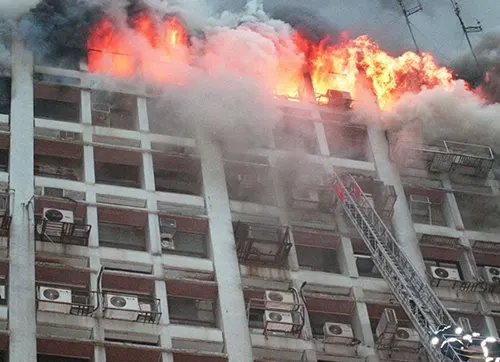
Even though the National Building Code 2016 has introduced many provisions in this latest version which are in line with the international practices, there still exists a huge gap between the Indian fire code and the one practised in our neighbouring countries like Singapore and UAE. Although many provisions have been amended and updated in the NBC 2016 with respect to the design aspects of critical buildings like hospitals, hotels, malls, schools, and high-rise commercial buildings, there are a lot of grey areas which still need to be effectively addressed.
One of the biggest handicaps in India with regard to implementing the recommendations of the NBC 2016 is the fact that fire safety is a state subject, and each state government must legislate the recommended guidelines. Therefore, the powers to alter and dilute are available to all our State Governments, leading to weak laws and even weaker enforcement. As of today, many of our states in India do not have any effective fire safety laws in place thus leaving the scope for blatant violation open. If there is a loss of life due to a fire accident in a building with inadequate fire safety measures, it is seldom treated as criminal negligence.
Time and again we have seen tragedies unfolding across India where fires in hospitals, schools and offices have resulted There is a need to ensure that an effective and efficient fire safety system is put in place to prevent the spread of smoke and fire through the building in a large number of deaths, and despite a flurry of activity and press releases, no responsibility is pinned on any agency. The fire department in the state, which is a part of the State Police Departments does not have adequate powers vested in them to bring the violators to face criminal charges.
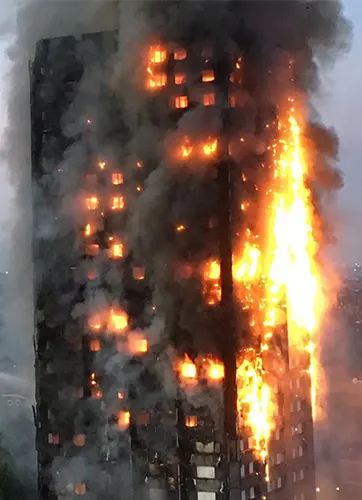
Let us look at the list of the steps which need to be made compulsory in modern buildings to make them safe for their occupants during a fire. The entire focus during the design of high-rise and critical buildings like hospitals, hotels, malls, etc, where the number of occupants at any given point of time will be large, is to ensure that the smoke and fire occurring due to an accident stays compartmentalised within a given area.
This gives adequate time for the rescue staff to evacuate the public to a safe zone without creating a panic situation. This entails the effective use of passive products like penetration seals, perimeter fire barriers, smoke-activated dampers, fire-rated doors and partitions installed on the periphery of every compartment which will work towards blocking the smoke and fire from spreading. Care must be taken to ensure that the passive fire products used have been properly tested and certified by approved bodies because the very purpose of installing such products is lost if they fail to work effectively in the event of an accident.
All the service shafts running through the entire height or length of the buildings which carry the plumbing, sewerage pipes and electrical cable must be effectively sealed on every floor and at every zone using penetration seals and fire-rated boards, to prevent the smoke and fire from spreading from one zone to another.
Adequate refuge areas must be created as per the recommendations of the NBC 2016 and all the doors and partitions facing the corridors leading to the refuge areas must be tested products for 120 minutes of fire resistance. All the active fire systems like sprinklers, fire alarms, fire curtains and extinguishers must be from pretested and pre-certified suppliers. A clear maintenance plan must be put in place to check that these active fire systems are in working efficiently on a regular basis by the enforcing authorities. Although the probability of a fire is very small, these passive and active fire products will save many lives in the event of a fire.
In all the above-mentioned steps, the role of using a tested and certified product becomes vital. The role of the BIS to verify the actual performance of these fire-rated products by regularly testing random samples of each manufacturer also gains importance given its criticality. Fire drills must be regularly conducted to keep all the staff updated on the procedures to be followed in the event of an unfortunate fire accident.
In summary, all of us who are a part of the Indian construction industry must take it upon ourselves to treat fire safety in buildings much more seriously and take steps to install tested and certified passive and active fire products without compromising on the specifications. Who knows this very decision may save our own or the lives of our dear ones from a fire that could happen in the future.
